
Pave has garnered attention as a leader in the compensation management space, but it's not the only option available. In 2025, companies are faced with a wide array of solutions, each offering unique features designed to streamline pay management, ensure equity, and drive employee satisfaction.
Satisfied employees tend to be more innovative, efficient, and excellent at retaining their top talent, and keeping everything aligned can be quite a deal. This is where compensation management software comes into play.
Pave is a compensation management software that helps HR, finance departments, compensation professionals ,and executives analyse the data-driven insights and estimate total spends by comparing various potential scenarios to plan for upcoming merit cycles.
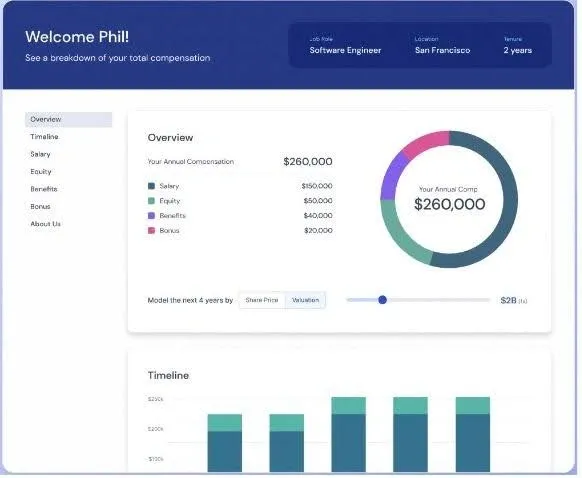
Let's dive into its offerings in detail.
Pave offers data-driven pay decisions by accessing market data with real-time salary and equity benchmarks from over 7,500 top companies across 55+ countries.

With Pave, you can confidently strategise your compensation budgets and entire process by understanding salary trends, acceptance rates and market shifts. This global data ensures you can competitively and responsibly take equitable compensation decisions and attract top talent.

From maintaining pay bands and recommendation logic based on performance and budget to running merit cycles, Pave simplifies every compensation decision. The platform also provides insights into compensation distribution, ensuring transparency and alignment.
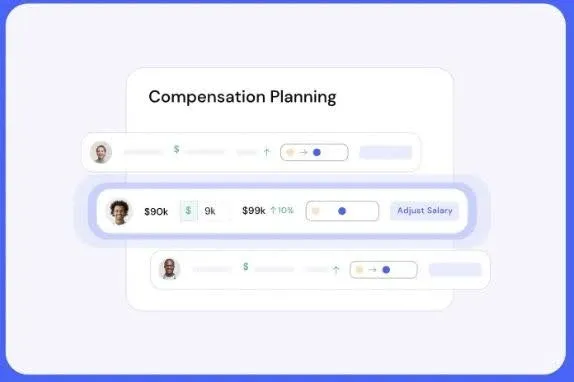
All this will be most effective only when employees are well aware of their compensation impact and benefits they will get from their organisation. Hence with tools for effective communications to employees, compensation planning and structures, Pave helps demystify compensation for employees and enhance their corporate compensation experience with dynamic visualizations of digital offer letters as well.

Pros
These features make Pave a powerful tool for organisations looking to enhance their compensation management and employee engagement.
Cons
These cons have led many companies to seek out alternative platforms that can offer more automation, seamless integrations, and enhanced scalability. Let’s explore the top Pave competitors in 2025 that address these concerns and provide even greater flexibility and efficiency for compensation management.
In this table, we’ve compared the top Pave competitors in 2025. This will help you assess their unique features, strengths, and drawbacks to determine which alternative best aligns with your compensation management goals.
In comparison to other platforms like Pave and BetterComp, CompUp offers unique capabilities, especially for companies prioritizing data security and customized pay strategies. Its emphasis on fair compensation, budgeting tools, and market competitiveness makes it a solid choice for businesses aiming to stay ahead in compensation management.
This is explained in more detail in the following sections.
While Pave remains a popular choice in compensation management, its limitations have opened the door for other players to step in with solutions that address these challenges head-on. From enhanced automation to better integration capabilities and more scalable features, these competitors are quickly gaining traction among organizations looking for a more tailored approach to compensation management.
In this section, we will explore the top 5 alternatives to Pave in 2025, each offering unique strengths that could be the right fit for your business.
If protecting sensitive compensation data is a top concern, CompUp is your answer. Its common goal is to prioritise your most important data security. It features a robust approval workflow that safeguards against data breaches, ensuring your information stays secure.
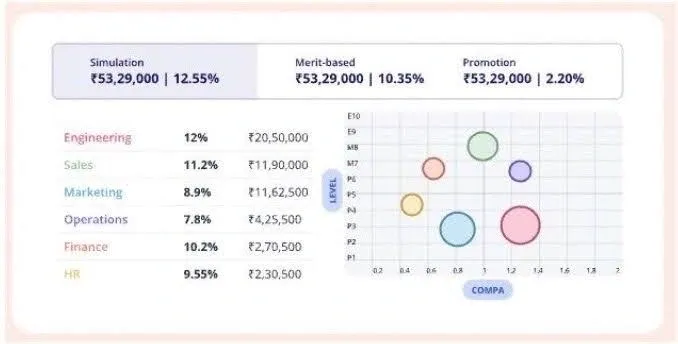
With CompUp, you can trust that your data is in safe hands, giving you peace of mind to focus on taking your dynamic business environment to the next level.

CompUp is an excellent customer-friendly platform with a unique peer basket comparison feature, making it the perfect benchmark analytics tool. Be it your business partners or competitors, it allows you to customise your dataset with them directly and have a greater niche impact.

This data-informed strategy ensures you have the most relevant, compensable factors and competitive pay rates at your fingertips. This is so you can create competitive salary bands, beat the competitive compensation levels, and attract and retain the best talent like a pro with the right compensation strategy.

Its total rewards communication tool boosts employee engagement by clearly articulating your rewards strategy with instant access to the employees. This comprehensive approach helps employees understand and appreciate their compensation packages.
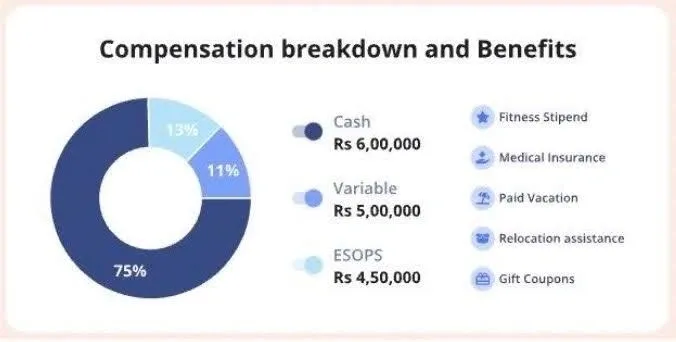
It strongly promotes pay equity. Your detailed insights and compensation analysis help identify and address disparities, ensuring fair pay across your organisation. This commitment to equity fosters a more inclusive and motivating workplace environment.
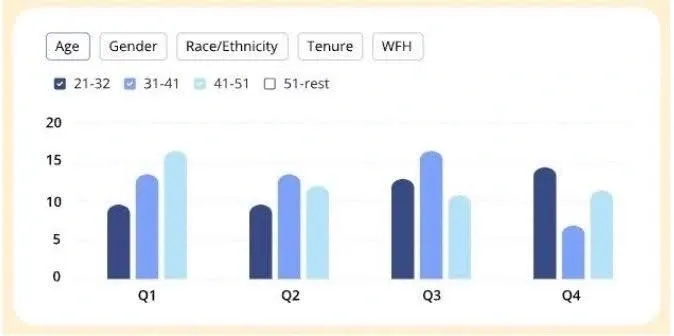
Budget planning doesn’t have to be a headache anymore with CompUp’s budget simulation tool. It helps managers allocate merit effectively and strategise reward scenarios, leading to fair and informed decisions.
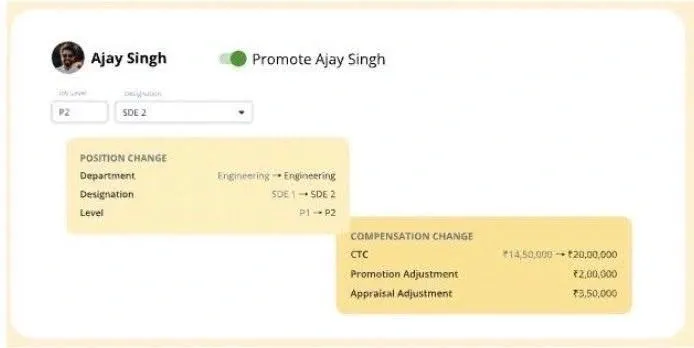
Designed to adapt to the evolving landscape of compensation management and workforce needs, CompUp prepares your business to tackle current and future compensation challenges with ease. It makes compensation fair with actionable insights and ensures you’re always ahead in workforce development.
To better understand how Pave and CompUp stack up against each other, we've outlined a side-by-side comparison of their key features and capabilities. This will help you evaluate which platform aligns best with your organization's compensation needs.
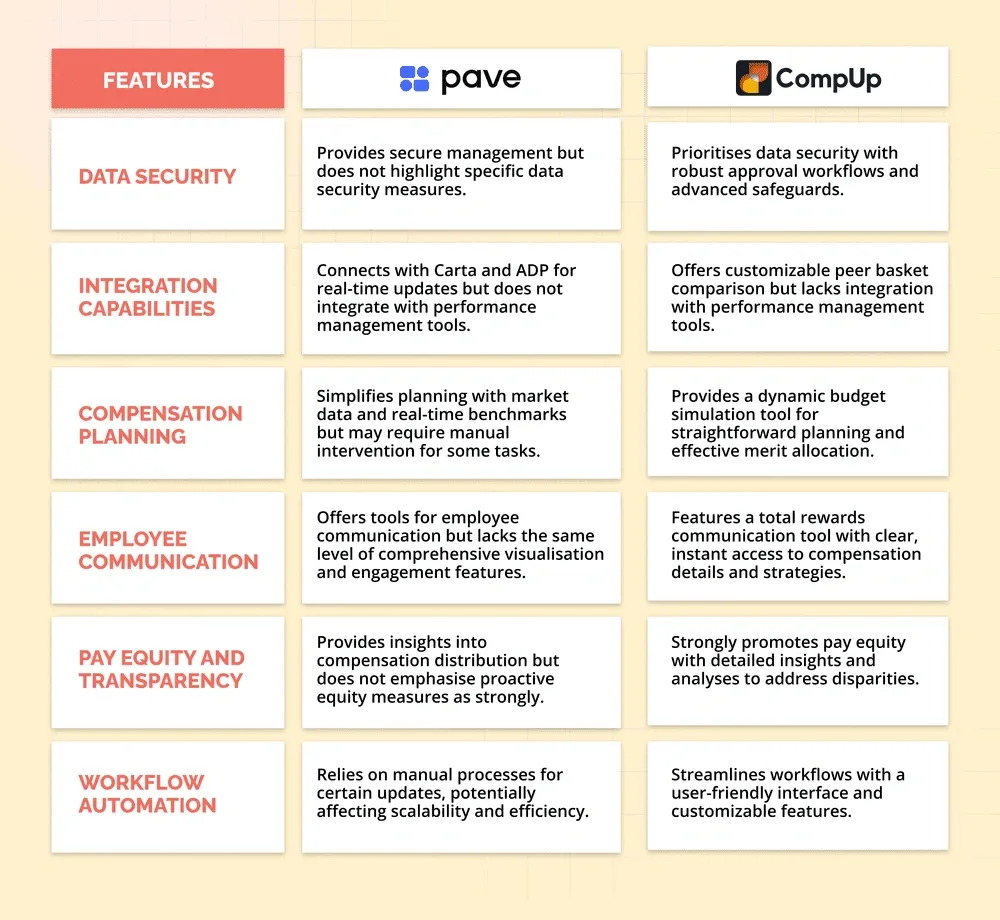
Now that we are clear about the distinction between CompUp and Pave, let’s explore the rest of the alternatives.
BetterComp offers sophisticated visual tools that make it simple for users to compare and evaluate compensation data. These tools provide deeper insights and patterns across many parameters, resulting in smarter data visualisations.
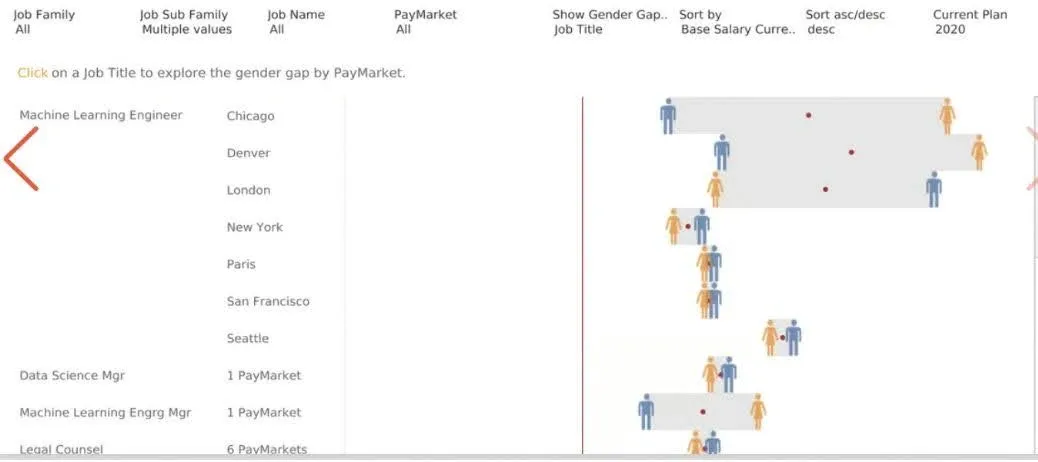
BetterComp transforms unprocessed pay data into insightful knowledge that helps businesses make data-driven decisions to enhance their pay plans and maintain market competitiveness. By automating the hitherto labour-intensive manual processes involved in compensation analysis, BetterComp lowers the possibility of mistakes and greatly increases data handling speed and efficiency.
To help you evaluate which platform best meets your needs, we’ve provided a detailed comparison between Pave and BetterComp. This table highlights their key differences in features, pricing, and functionality to assist in making an informed decision.
HR and compensation professionals can use Bettercomp to automate mundane tasks, allowing them to concentrate on strategic initiatives instead of laborious data entry work.
Whether you prefer a hands-on approach or full-service support, Pequity ensures a precise, data-driven compensation strategy and pay bands.
Pequity is your comprehensive source of truth for all compensation-related data and employee compensation programs. By integrating with your HRIS and ATS, it pulls the latest employee data and embeds details as per the compensation requests, streamlining recruitment processes and efficiently using your compensation management time.
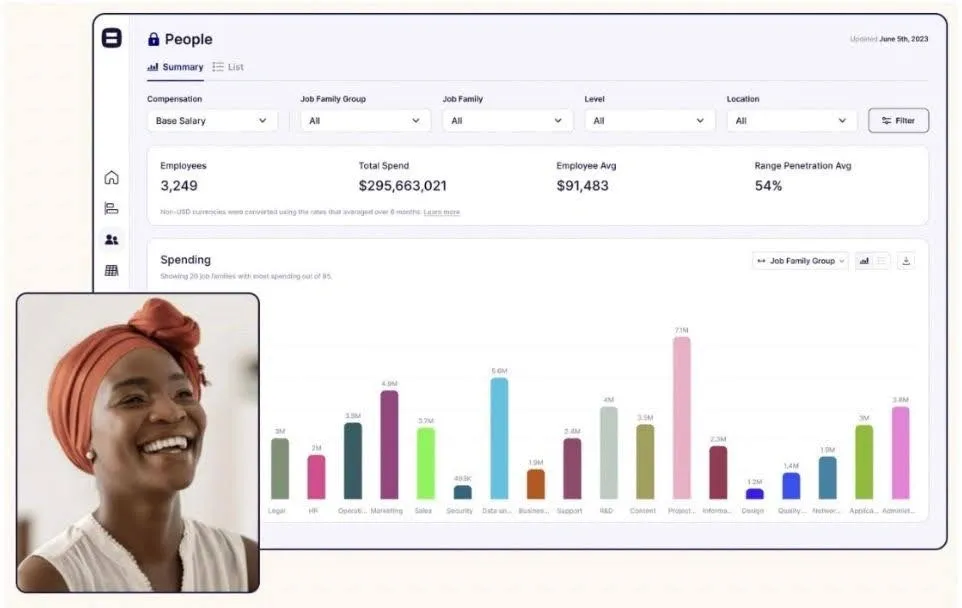
With Pequity, you get up-to-date, accurate data for the complex compensation cycles and people analytics. This enables informed decision-making, helping you create fair and competitive salary structures that align with your organisational goals.
To help you make an informed decision, we've highlighted key differences between Pequity and Pave. This comparison table will give you a clearer understanding of how each platform stands in terms of features and capabilities.
Your compensation philosophy and how you reward and motivate your employees can greatly impact your company culture and external brand. Hence, Pequity helps you enhance both by providing tools to manage and communicate compensation effectively, ensuring you attract and retain top talent while boosting your overall company reputation.
Payscale is a leading Artificial intelligence-powered compensation planning software that offers relevant, validated salary data and a powerful suite of tools. Payscale’s Payfactors offers precise salary benchmarking tools, enabling you to establish competitive salary bands that are tailored to your organisation’s needs.
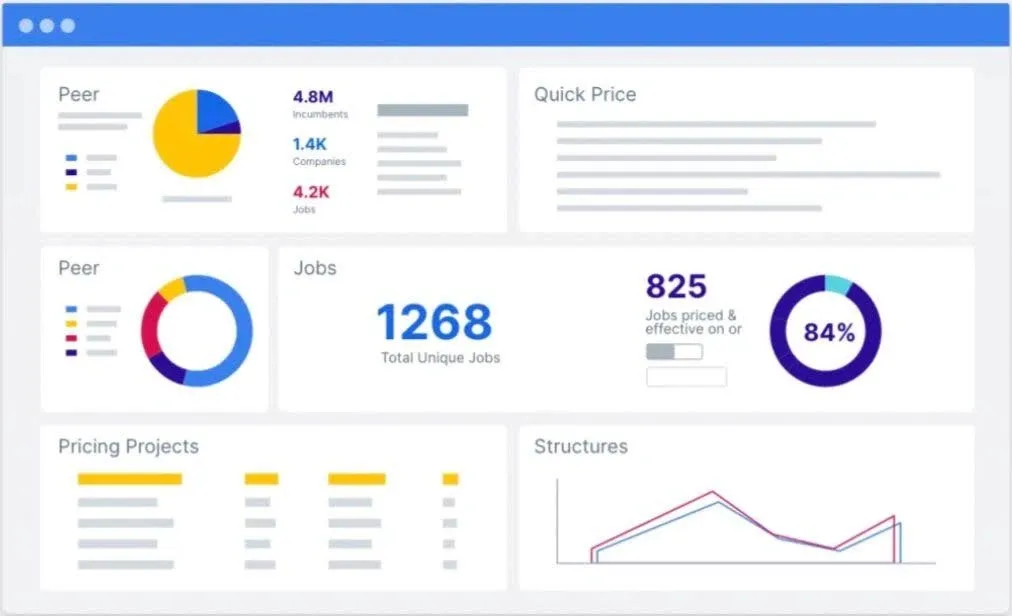
Their innovative Marketpay platform streamlines compensation survey management by allowing you to compare complex compensation plans from multiple vendors in a single place, effortlessly adapting to the ever-changing market conditions.
To help you compare the key differences between Payscale and Pave, we've highlighted their features side by side. This table will give you a clearer view of how each platform stands in terms of compensation management tools.
With a robust analytics platform, PayScale empowers you to make informed and data-driven decisions. This reduces manual processes and ensures your compensation strategies remain competitive and aligned with industry standards.
PayReview, a leading compensation management software, adapts to the size of your organisation, making it a valuable asset.
It offers a user-friendly interface with visual inspection features, ensuring consistency in user experience. The software’s robust intelligence aids in workforce management by identifying attrition probabilities and exporting secure, straightforward reports.
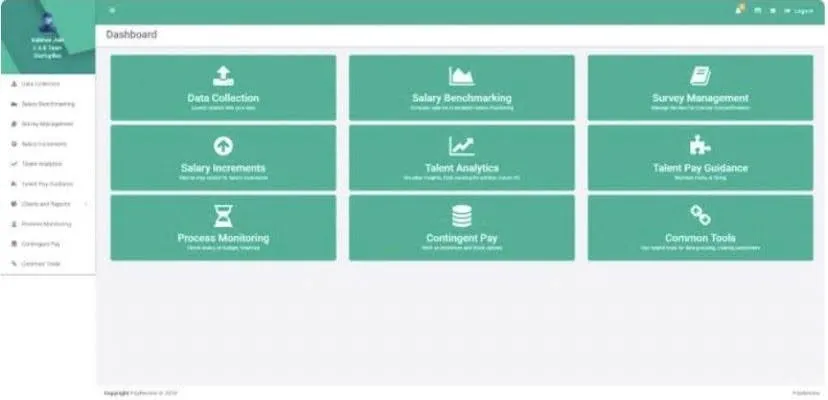
For continual pay calculations, PayReview allows Excel-like formula application and 100% rule-based customisation. This ensures accuracy and transparency in complex compensation structures. The platform also provides flexible metrics for the bonus process, variable pay, and increments, helping management effectively flag deviations from strategic plans and complex processes.
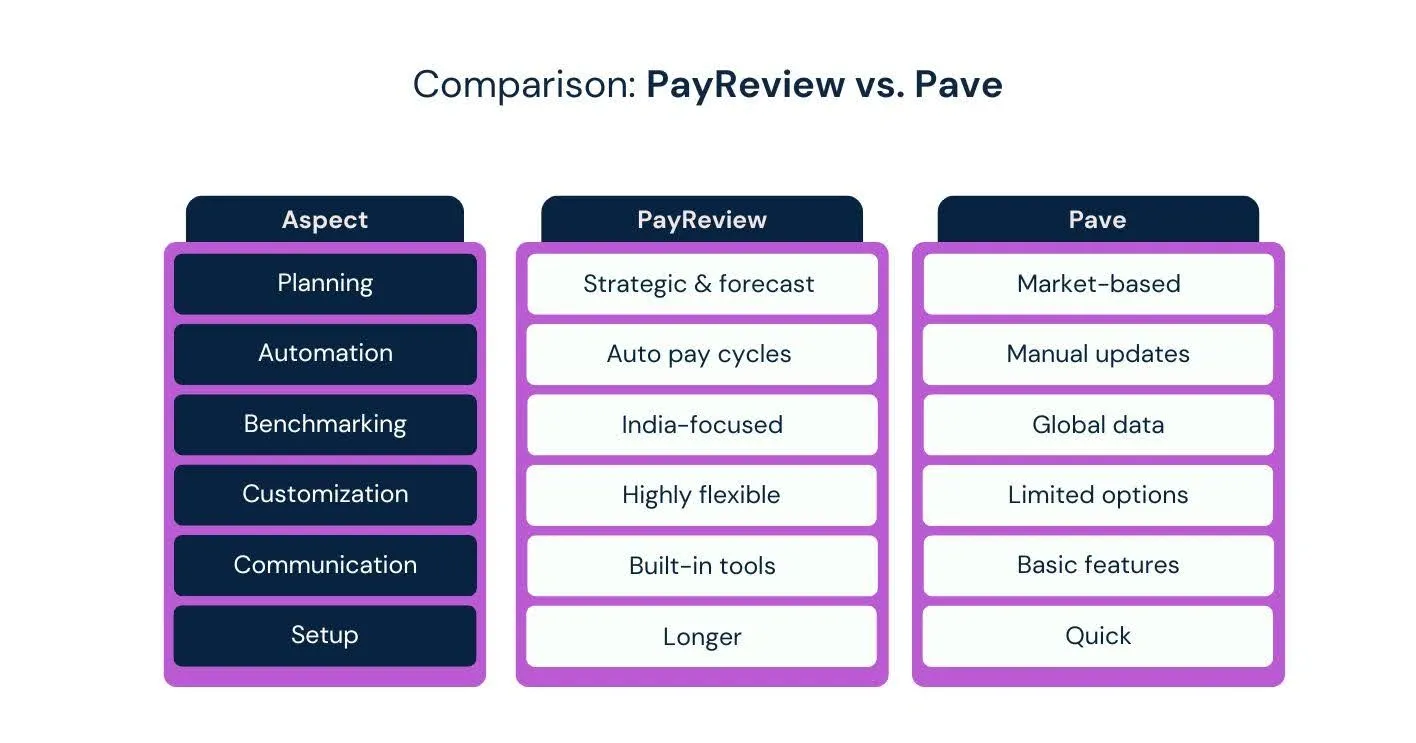
To help you better understand the differences between PayReview and Pave, we have outlined a detailed comparison. This table highlights how each platform addresses key aspects of compensation management and how they can cater to different organizational needs.
PayReview has strong HRIS integrations and customizability, which makes it a solid choice for businesses looking for tailored solutions. However, the platform's learning curve and limited global benchmarking may pose challenges for organizations with diverse needs.
Overall, PayReview is an excellent solution for businesses ready to invest in a more advanced compensation management system with deep customization capabilities.
Choosing the right compensation management platform is vital for optimising your compensation strategies and maintaining a competitive edge in 2025. As explored above, each compensation management software offers unique strengths, making them valuable alternatives to Pave.
For those seeking a solution that delivers automatic insights and interactive reports, CompUp stands out.
Its advanced features facilitate effective comp plans and agile workforce management, while addressing costly payout errors with automated and spreadsheet-free calculations.
With its robust administrative access, CompUp streamlines bonus management and merit increases, making it an invaluable tool for a technology company aiming to optimise its compensation processes.
Explore CompUp’s platform to transform your organisation’s compensation management with ease.
Who are the competitors of Pave?
Some of the top competitors of Pave in compensation management include CompUp, BetterComp, Pequity, PayScale and PayReview. These platforms offer similar features like pay equity analysis, compensation benchmarking, and HRIS integrations, with unique strengths tailored to different organizational needs.
Why is Pave so popular?
Pave has gained popularity due to its user-friendly interface, strong integration capabilities, and focus on providing real-time compensation data. Its flexibility and advanced compensation analytics make it a go-to choice for businesses looking to streamline pay management and ensure competitive compensation strategies.
Is Pave more expensive?
Pave's pricing is generally higher compared to some of its competitors, particularly for small to mid-sized businesses. However, its robust features and extensive customization options can justify the cost for larger enterprises that require advanced compensation management tools.
What are the key features of CompUp?
CompUp is known for its advanced pay equity analysis, seamless integrations with HRIS and payroll systems, and customizable compensation management workflows. It helps businesses ensure fair pay practices while optimizing compensation structures across the organization.
How does CompUp compare to Pave?
While both platforms offer compensation management tools, CompUp provides more automation in managing compensation cycles and reward distribution.
Is CompUp ideal for small businesses?
Yes, CompUp is well-suited for small to medium-sized businesses, especially those in need of affordable, scalable compensation solutions. It offers robust features with a focus on improving pay equity and employee engagement without the need for a large enterprise-scale investment.
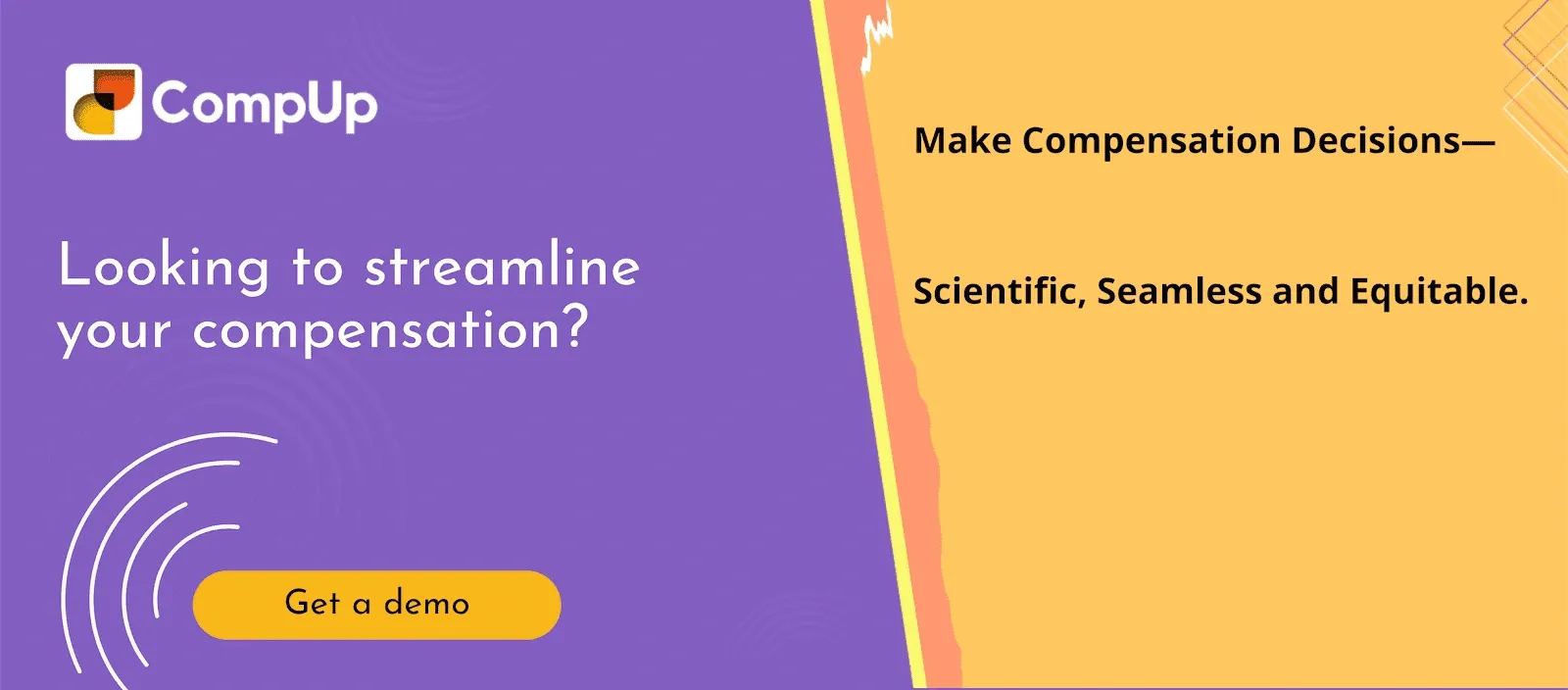
Community Manager (Marketing)
As a Community Manager, I’m passionate about fostering collaboration and knowledge sharing among professionals in compensation management and total rewards. I develop engaging content that simplifies complex topics, empowering others to excel and aim to drive collective growth through insight and connection.
Revolutionizing Pay Strategies: Don't Miss Our Latest Blogs on Compensation Benchmarking